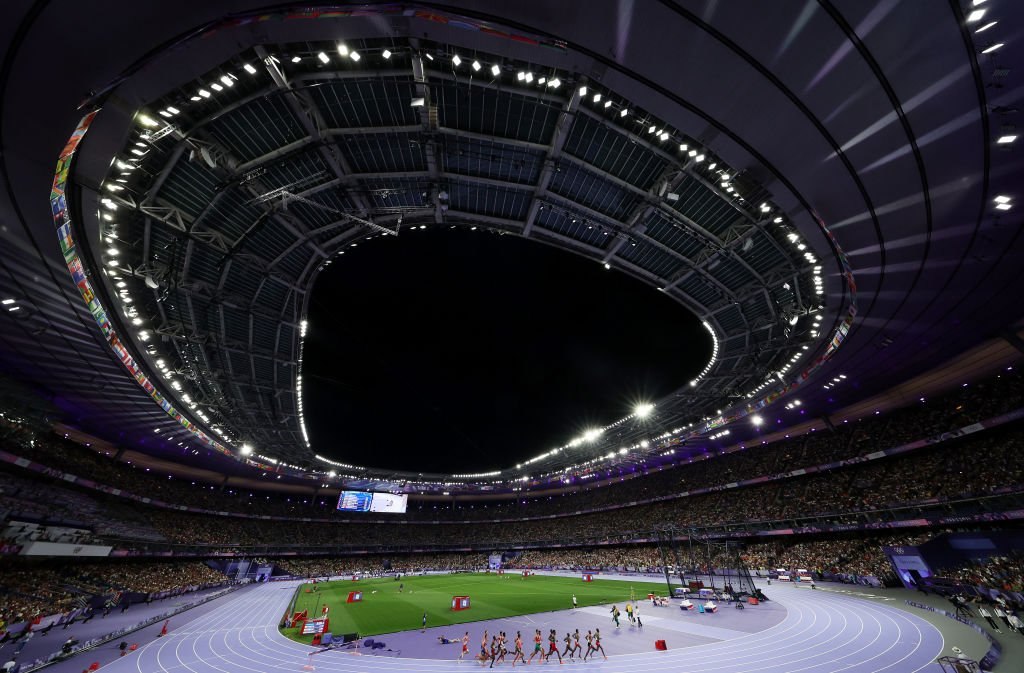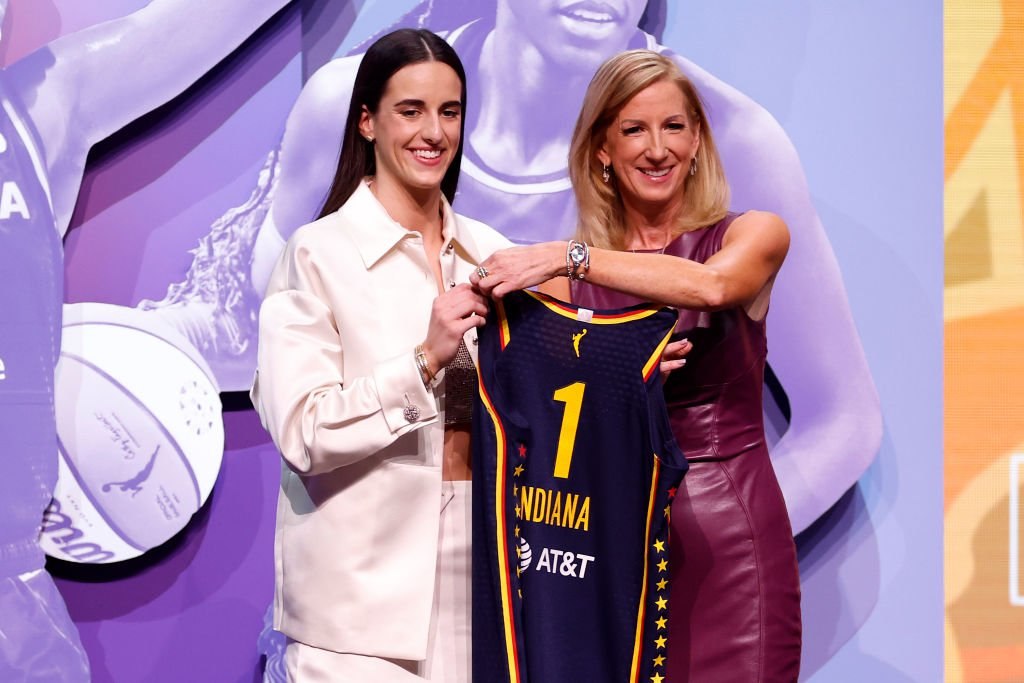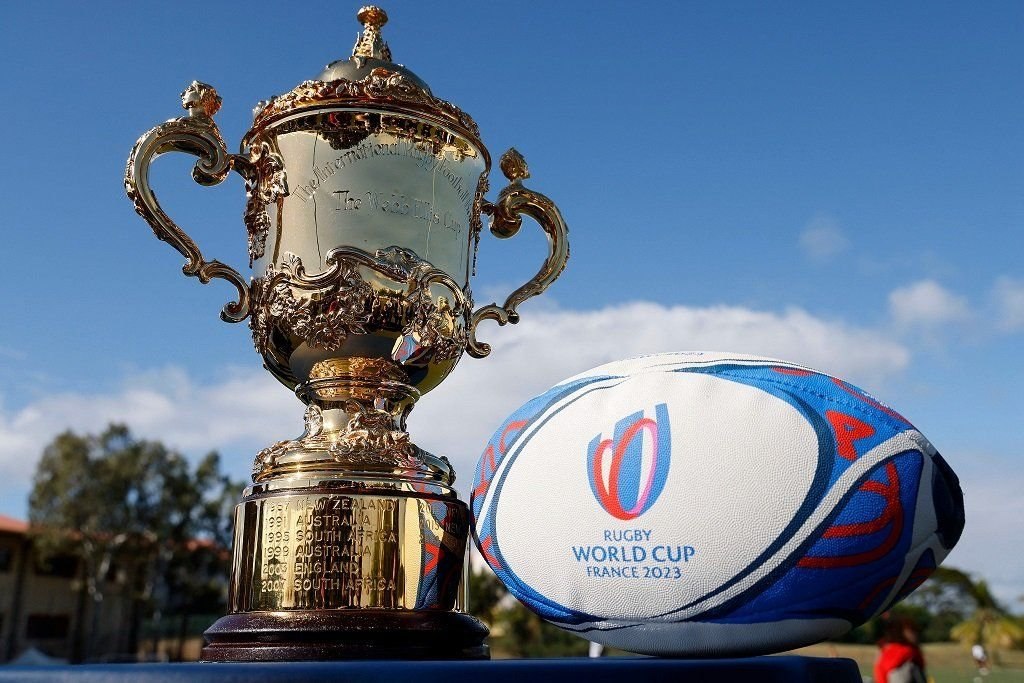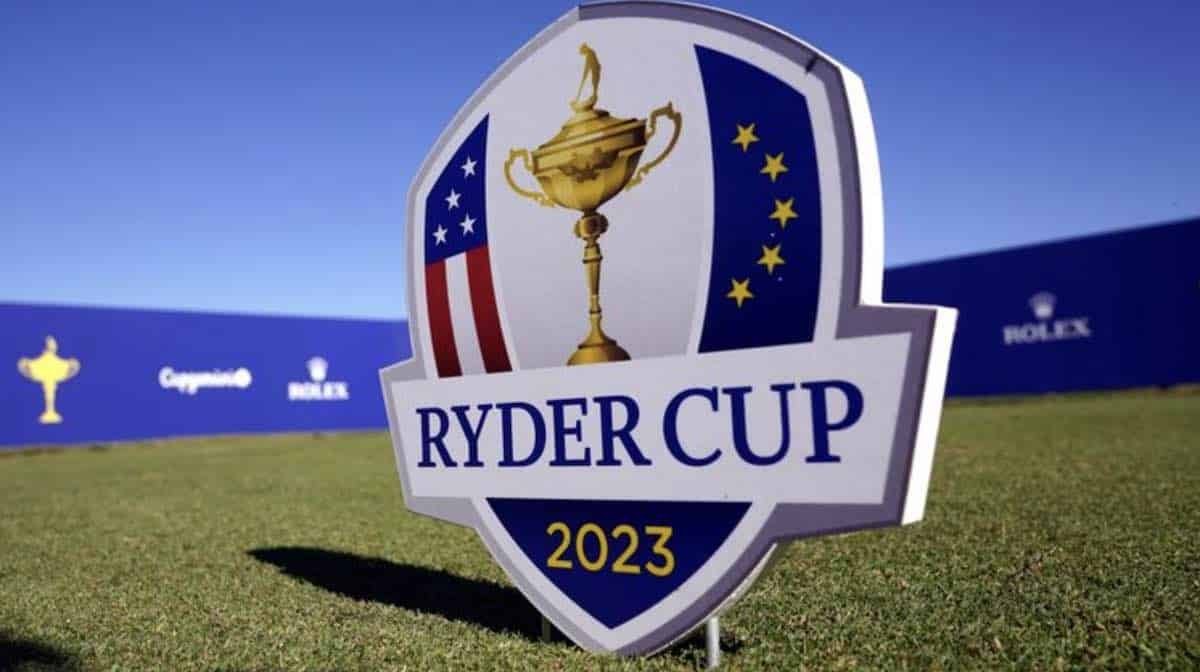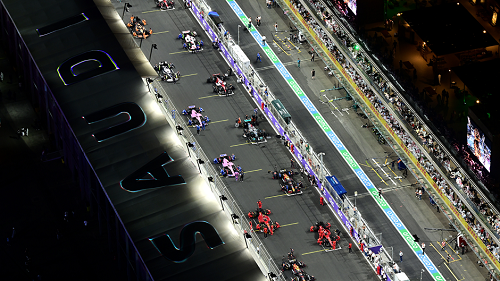
MLB's rule changes spark rise in Buzz and Satisfaction among fans
In an effort to modernize the game and enhance fan engagement, Major League Baseball introduced a series of rule changes ahead of the 2023 season. The most significant of these was the implementation of a pitch timer, aimed at accelerating the pace of play. The impact was immediate—game times were reduced by an average of 20 minutes. But beyond the clock, have these changes succeed in reinvigorating interest in the league?
According to YouGov data, MLB’s brand perception has trended positively in the aftermath of these adjustments. The Buzz score, which measures whether people have heard positive or negative things about the league, saw a notable rise. On March 31, 2023, when the pitch clock was first used in a regular-season game, the overall Buzz score among US adults stood at 14. Since then, the score has climbed to 16.2, reflecting growing chatter around the sport.
Younger demographics also displayed a shift in sentiment. Among 18-34-year-olds, the Buzz score increased from 12.6 to 13.3, while the 35-49 age group saw an even greater uptick, from 13.4 to 15. This suggests that the league’s efforts to attract a younger audience may be bearing fruit.
Beyond Buzz, another key metric of fan sentiment is Satisfaction, which measures how likely individuals are to dedicate time to following MLB. The changes appear to have driven a net positive effect here as well. On March 31, the Satisfaction score among all adults was 8.6. That number has since increased steadily to 10.6, indicating that more people are willing to invest their time in watching the league.
The most significant movement occurred among 18-34-year-olds, where the score shot up from 5.2 to a peak of 7.9 before settling at 5.9. Meanwhile, the 50+ age group, traditionally MLB’s core demographic, showed the most substantial increase, rising from 9.9 to 13.4.
While it is clear that more Americans are willing to give up time to follow MLB, it is also important to assess how those who do watch the league are perceiving it. The Quality score, which measures whether people think MLB represents good or poor quality, provides further insight.
Data from the past three years shows a steady improvement in how the league is viewed. Among all US adults, the Quality score rose from 59.5 in February 2022 to 65.8 in February 2024. The most dramatic shift occurred between 2022 and 2023, when the score jumped from 59.5 to 64.2, likely reflecting early positive reactions to rule changes. Since then, sentiment has continued its upward trajectory.
Interestingly, younger fans aged 18-34, who had already rated MLB relatively high in 2023 with a score of 67.6, saw only a slight dip to 67.3 in 2024, suggesting that their perception has remained strong. Meanwhile, the 35-49 age group recorded steady growth, increasing from 61.2 in 2022 to 66.3 in 2024. The 50+ category, often considered MLB’s most traditional audience, also showed improvement, rising from 59.6 in 2022 to 65.4 in 2024.
These figures highlight a clear trend—MLB’s efforts to modernize the game appear to be paying off. Not only have the rule changes made the sport more digestible for casual viewers, but they have also helped reinforce engagement among longtime fans. The combination of increased buzz, greater satisfaction, and improved quality perception suggests that MLB has successfully rejuvenated interest in America’s pastime. The challenge now is sustaining this momentum and continuing to innovate in ways that keep both new and traditional fans engaged.
Methodology: YouGov SportsIndex collects data on every major sporting event. Buzz score is based on the questions: “Over the past two weeks, which of the following sporting events/leagues have you heard something positive about?” and “Now which of the following sporting events/leagues have you heard something negative about?” and delivered as a net score between –100 and +100. Scores are based on a 52-week moving average between Jan 01, 2023 to Feb 11, 2025. The overall sample size of all US adults is an average of 19,090.




